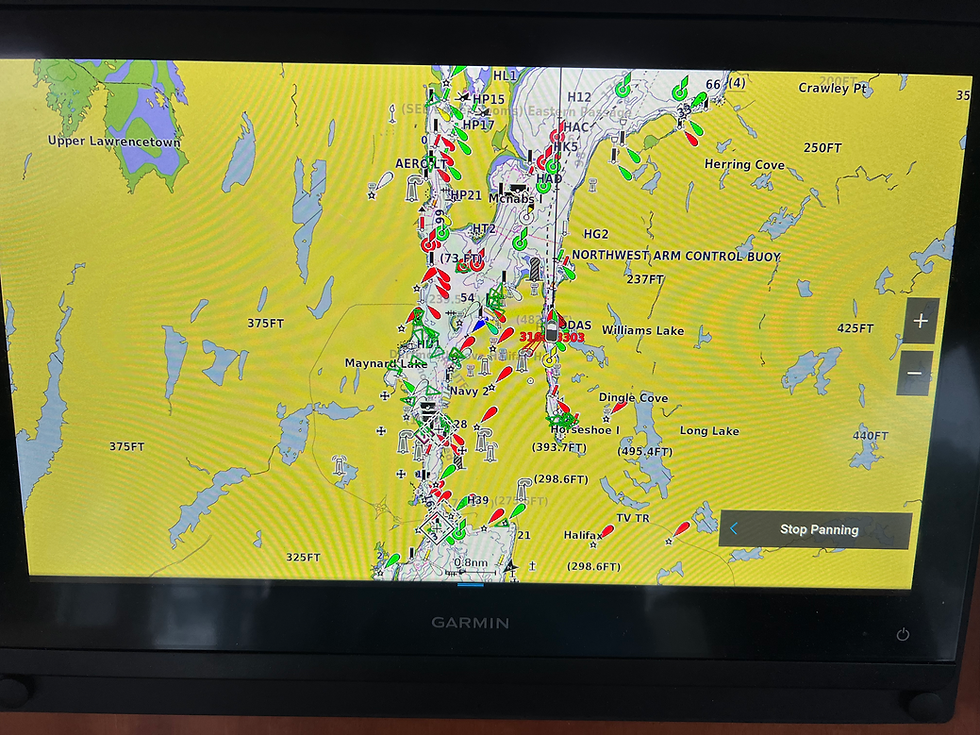The Citadel and Museum
- cmw2559
- Aug 24, 2022
- 2 min read
On Tuesday, the 23rd, we called a cab and went downtown to view Halifax history. We started with the Citadel, the fort built on top of the highest point in Halifax. It holds a commanding position over the Harbour with its many cannon. It is one of several batteries linked together by signal flags on tall masts. After seeing the Citadel, we walked down the steep hill to the Waterfront where the Maritime Museum is located. That was a rich and informative experience with extensive exhibits on the Titanic (April 1912) and the Halifax Explosion (December 1917).

The site had been used for several earlier forts, but the Citadel took about 30 years to build and was finished in the mid-1850s. It is immense. Fortifying Halifax, a home port for the British navy, was critical to protecting British interests first from the French, whose fort was at Louisburg on Cape Breton, and then the marauding Americans.

The fortifications protected the parade grounds, barracks and an extensive network of underground tunnels and rooms.



At noon, the cannon was fired to signal mid-day.

At last, we bid adieu.

And we headed down the hill to lunch and then the Maritime Museum.

We are familiar with the sinking of the Titantic. Many of the bodies which were recovered are buried in cemetaries around Halifax. A story that may be less familiar is the Halifax Explosion, which leveled much of downtown Halifax after the war relief ship collided with an armament ship loaded in NYC and headed to the war front after a stop in Halifax. The collision occurred in the most narrow reaches of the Harbor, just "above" the Basin at the bottom of the chart.
The devastation was astonishing. Surrounding cities and communities responded by sending relief supplies to Halifax. Boston was especially generous and each year Halifax commemorates the generosity by sending Boston its Christmas Tree that is erected on the Boston Commons.
The picture below is goulish, but it hits home in terms of the pain and injury caused by the explosion. This is a tray of prosthetic eyeballs. The need to replace damaged eyes was widespread and prosthesis such as these were widely used.

The Museum is a catch-all of marine lore, ships and fishing. It is worthy of spending a solid half day there and we had to skip several interesting exhibits. There was a whole section on indigenous peoples' relationship with the rivers, bays and Ocean. Fascinating.
It is the morning of August 24th now as I write this post. From tthe RNSYS, we head northeast up the coast towards Cape Breton. We plan to traverse this over the next several days, reaching the Chart #4281 by Whitehead Harbour. Then we go straight north and enter the Bras d'Or Lakes.

Cheers,
Chris and Steve





Love the 👁👀